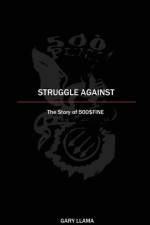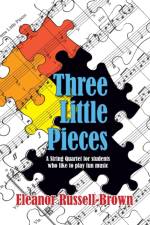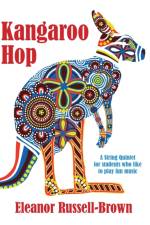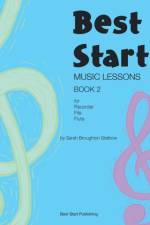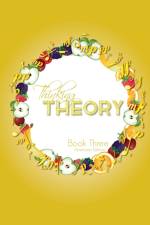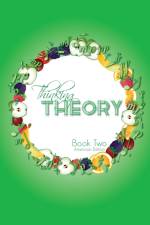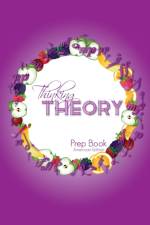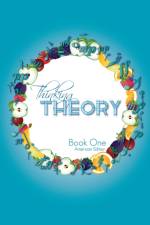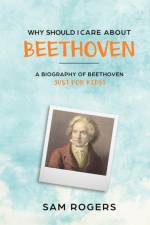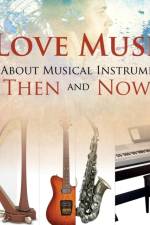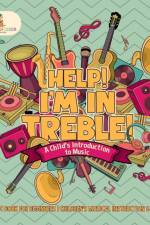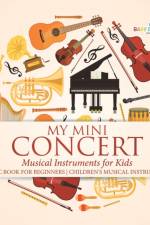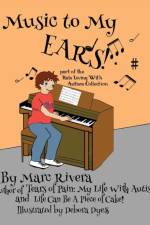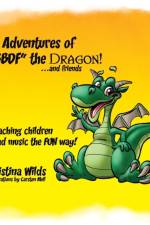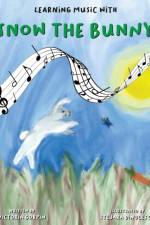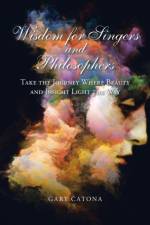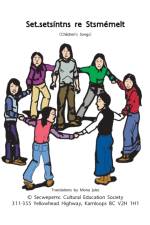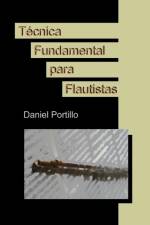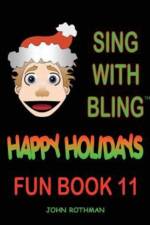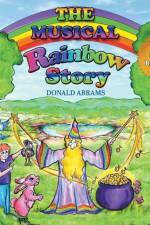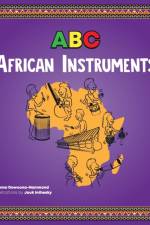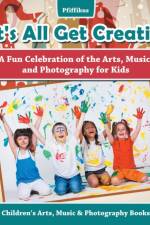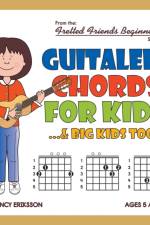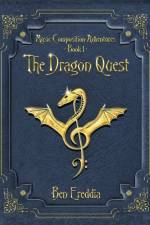- Straight-forward, practical and engaging music theory for young students
av Nicola Cantan
185
Accelerate your intermediate students' learning with Thinking Theory Book Three! This book covers time signatures, note values, intervals, markings, scales and more; with plenty of review to reinforce these important concepts.This book is designed with the student in mind. All concepts are revisited in different ways throughout the book, and the flashcard games provide a fun way to reinforce learning. Students can start in any book, there is no need to go back to Thinking Theory Book Two if your student is already at a late intermediate level.CONCEPTS COVERED Note Values: Semiquaver, Quaver, Dotted Quaver, Quaver Triplet, Crotchet, Dotted Crotchet, Minim, Dotted Minim & Semibreve (USA terms are used in the USA version) Rest Values: Semiquaver, Quaver, Crotchet, Minim & Semibreve (USA terms are used in the USA version) Time Signatures: 2:4, 3:4, 4:4 2:2, 3:2, 4:2 & 3:8 Landmark Notes: Low C, Bass C, Bass F, Middle C, Treble G, Treble C & High C Note Stem Rules Grouping Semiquavers, Quavers & Rests (USA terms are used in the USA version) Dynamics: Pianissimo, Piano, Mezzo Piano, Mezzo Forte, Forte, Fortissimo, Crescendo, Decrescendo, Diminuendo, Sempre Forte, Sempre Piano & Forte Piano Tempo Marks: Poco Ritenuto, Poco Ritardando, Poco Rallentando, Ritenuto, Ritardando, Rallentando, Accelerando, A Tempo, Con Moto, Meno Mosso, Più Mosso, Presto, Vivace, Allegro, Allegretto, Moderato, Alla Marcia, Andante, Larghetto, Largo, Lento & Adagio Expression Marks: Giocoso, Maestoso, Espressivo, Dolce, Grazioso & Cantabile Markings/Symbols: Pedal, Accidentals, Staccato, Slurs, Repeat Marks, Fermata, Accent, Strong Accent, Stress, 1st and 2nd Endings, 8va & 8vb Solfa: Low So, Low La, Low Ti, Do, Re, Mi, Fa, So, La & High Do Scales: A Minor, E Minor, D Minor, C Major, G Major, D Major, F Major & B Major Triads: A Minor, E Minor, D Minor, C Major, G Major, D Major, F Major & B Major Intervals in the Major Scale Tones, Semitones & EnharmonicsWHAT IS THINKING THEORY? Thinking Theory is a series of music theory workbooks, designed to accelerate learning while providing plenty of reinforcement of each concept. All concepts are presented in a clear and concise way and page layouts are clean and consistent. No topic is introduced without being revisited several times later in the book. Thinking Theory is designed so you can start anywhere in the series. Concepts are not left out of later books, just covered more quickly. The flashcard games provide a unique way to learn away from the page, and make learning and teaching more secure and more fun. The "Level Up!" tests at the end of each chapter and book allow you to evaluate student learning and plan their next step. The Thinking Theory Plus books provide a lateral move for students who had finished one book but are not quite ready for the next. Singing with solfa (moveable do) is integrated into the theory books. Solfa helps students with ear training, transposing, sight reading and composition.

